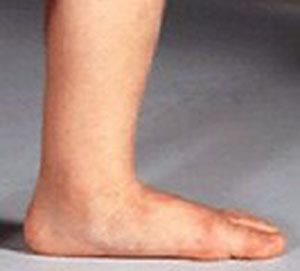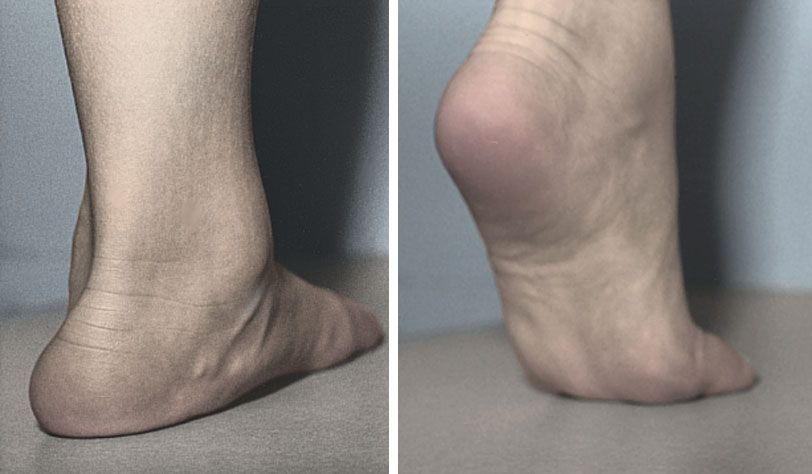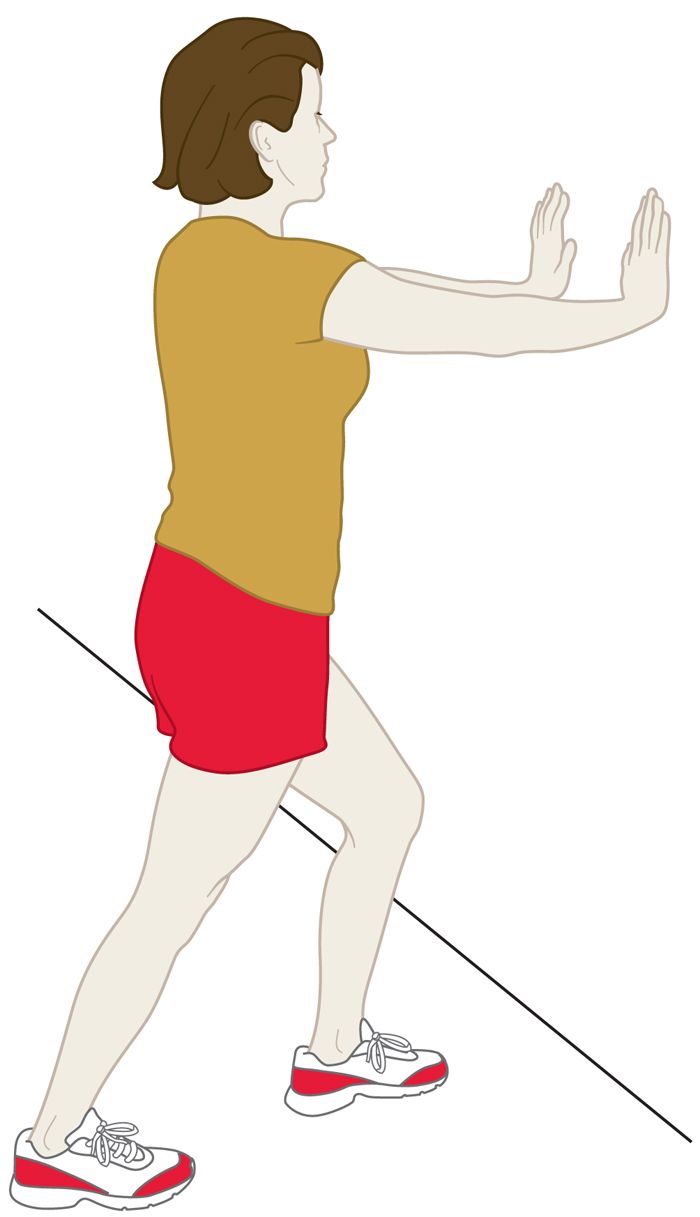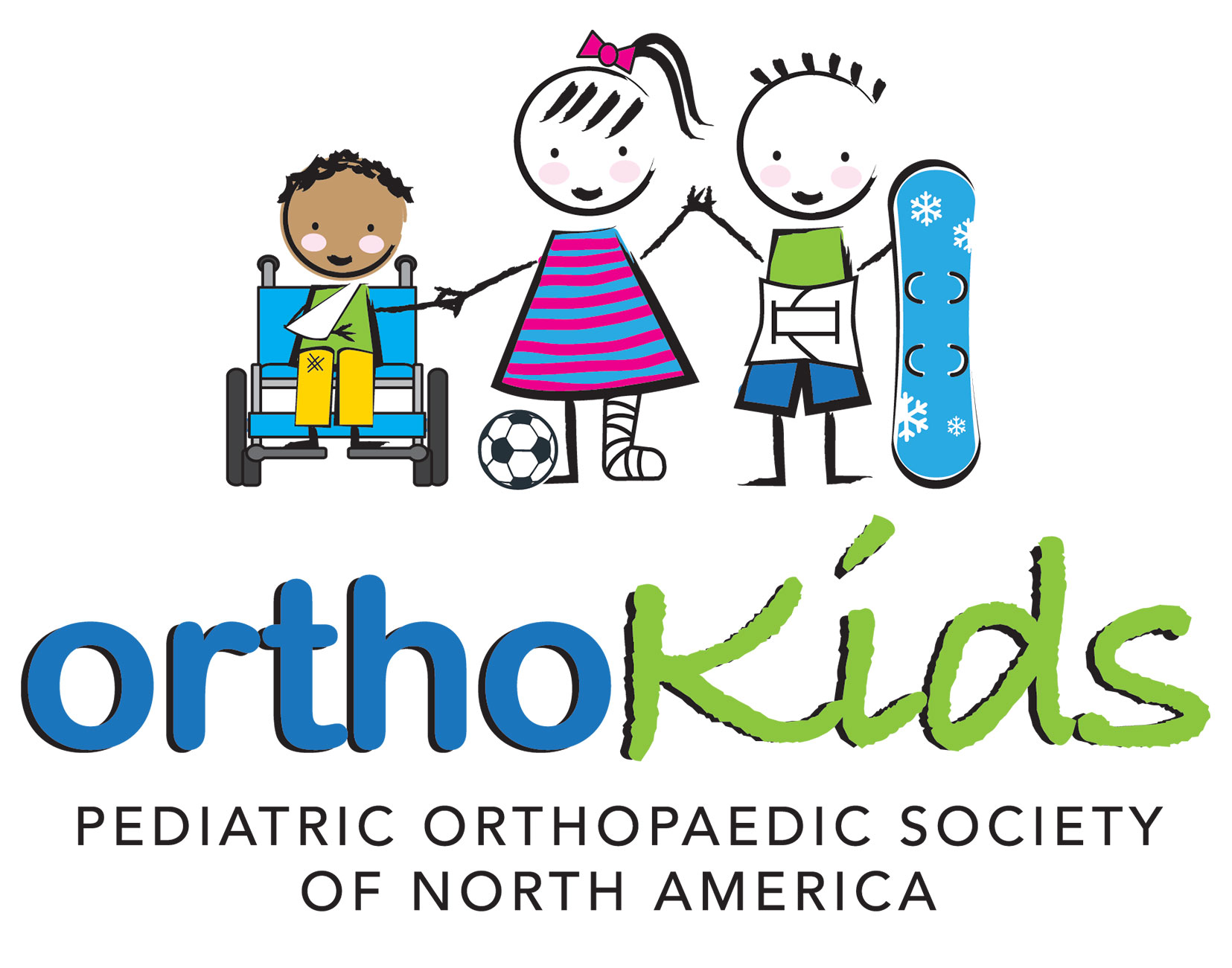Diseases & Conditions
Flexible Flatfoot in Children
Flexible flatfoot is a common condition in children. When a child with flexible flatfoot stands, the arch of the foot disappears. Upon sitting or when the child is on tiptoes, the arch reappears. Although called "flexible flatfoot," this condition always affects both feet.
While parents often worry that abnormally low or absent arches in a child's feet will lead to permanent deformity or disability, most children eventually outgrow flexible flatfoot without developing any problems in adulthood. The condition is usually painless and does not interfere with walking or participation in sports. If your child’s flexible flatfoot does not cause pain or discomfort, no treatment is needed.
Description
A flexible flatfoot is considered to be a variation of a normal foot. The muscles and joints of a flexible flatfoot function normally.
Most children are born with very little arch in their feet. As they grow and walk, the soft tissues along the bottom of the feet tighten, which gradually shapes the arches of the feet.
Children with flexible flatfoot often do not begin to develop arches until 5 years of age or older. Some children never develop arches.
If flexible flatfoot continues into adolescence, a child may experience aching pain along the bottom of the feet. A doctor should be consulted if a child's flatfeet cause persistent pain.
Doctor Examination
To make the diagnosis, your child's doctor will examine your child to rule out other types of flatfeet that may require treatment. These include:
- Flexible flatfoot with a tight heel cord (Achilles tendon)
- Rigid flatfoot, which may be a more serious condition
Tell your child's doctor if anyone else in the family is flatfooted, as this may be an inherited condition. The doctor will also need to know about any known neurological or muscular disease in your child.
Your child's doctor will look for patterns of wear on your child's everyday shoes. They may ask your child to sit, stand, raise the toes while standing, and stand on tiptoes.
In addition, the doctor will probably examine your child's heel cords (Achilles tendons) for tightness and may check the bottoms of your child's feet for calluses.
Treatment
Nonsurgical Treatment
Treatment for flexible flatfoot is required only if your child is experiencing discomfort from the condition.
Stretching exercises. If your child has activity-related pain or tiredness in the feet, ankles, or legs, the doctor may recommend stretching exercises for the heel cords.
- Heel Cord Stretch
Lean forward against a wall with one leg in front of the other. Straighten your back leg and press your heel into the floor. Your front knee is bent. Hold for 15 to 30 seconds. Keep both heels flat on the floor. Point the toes of your back foot toward the heel of your front foot. This stretch should be performed 3 times on each leg.
Shoe inserts (orthotics). If discomfort continues, your child's doctor may recommend shoe inserts. Soft-, firm-, and hard-molded arch supports may help relieve your child's foot pain and fatigue. They can also extend the life of your child's shoes, which may otherwise wear unevenly.
In most cases, there is little benefit to using custom-molded arch supports. Over-the-counter arch supports, which are available at most sporting goods and running shoe stores, can be just as effective and are much less expensive to replace as your child grows. Online retailers often have inserts in difficult-to-find sizes.
Additional treatment. Your child's doctor may prescribe physical therapy or casting if your child has flexible flatfoot with tight heel cords.
Surgical Treatment
Children almost never require surgery to treat flexible flatfoot. Occasionally, surgical treatment may be recommended for an adolescent with persistent pain, or if the flatfoot becomes rigid over time.
Surgery is typically performed to create arches in the feet by reshaping bones and lengthening tendons that may be tight and causing pain. The surgery is usually performed in stages: One foot is corrected; then, after several months of recovery, the second surgery takes place to correct the other foot.
Surgery in which an artificial implant (made of metal or silicone) is placed inside the joint between the foot and ankle to create an arch has not been well studied in children and adolescents, and should therefore be approached with caution.
AAOS does not endorse any treatments, procedures, products, or physicians referenced herein. This information is provided as an educational service and is not intended to serve as medical advice. Anyone seeking specific orthopaedic advice or assistance should consult his or her orthopaedic surgeon, or locate one in your area through the AAOS Find an Orthopaedist program on this website.











